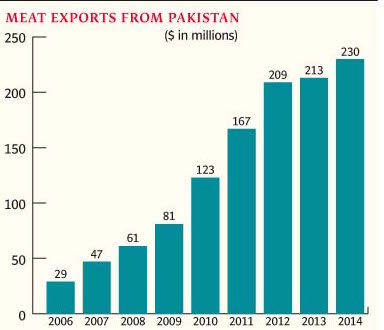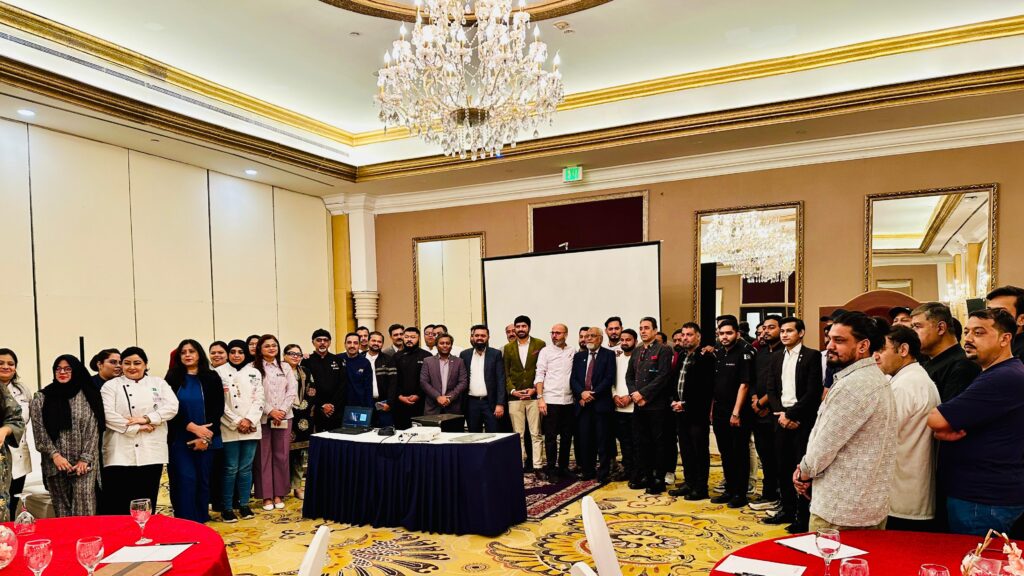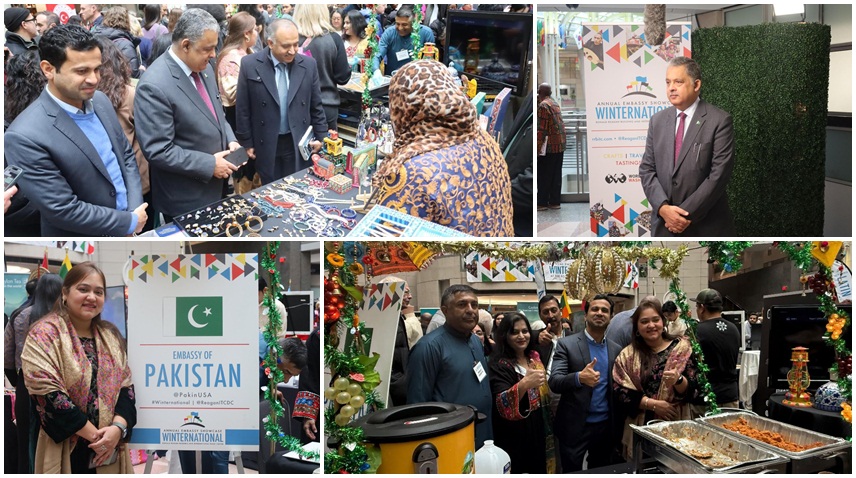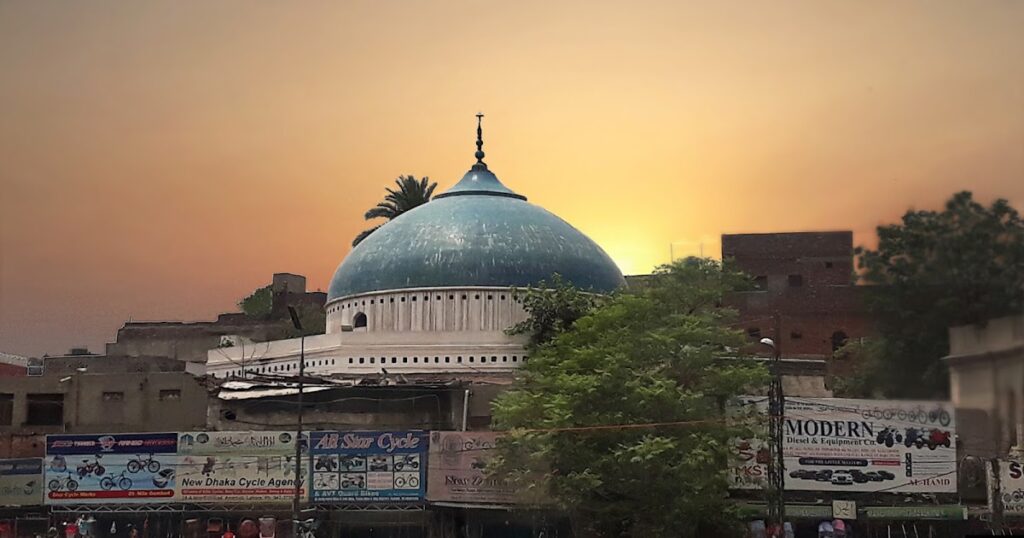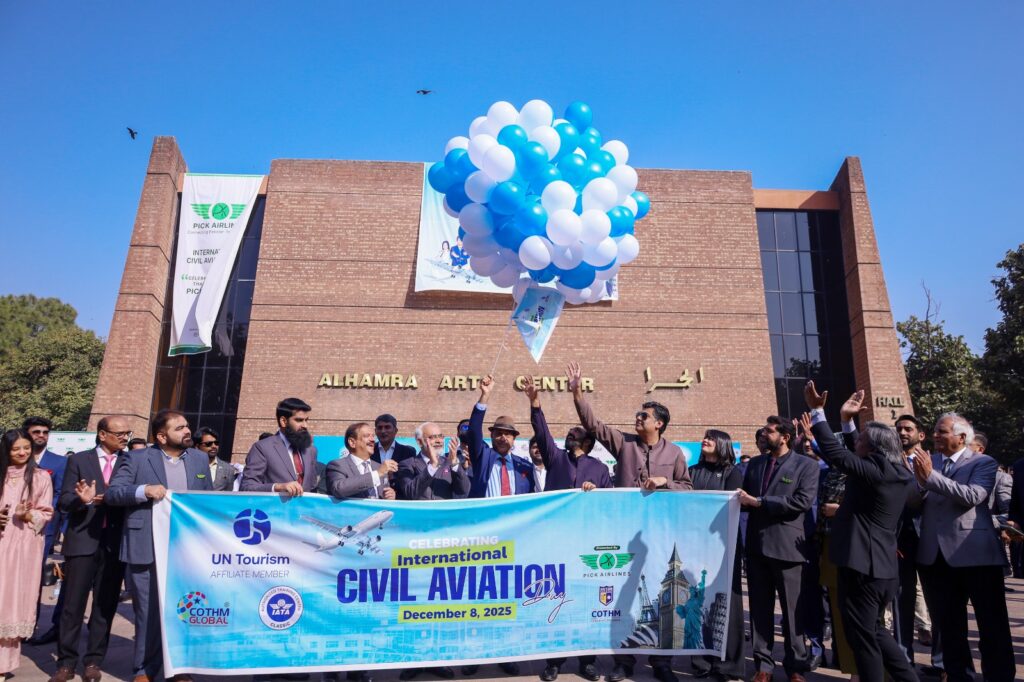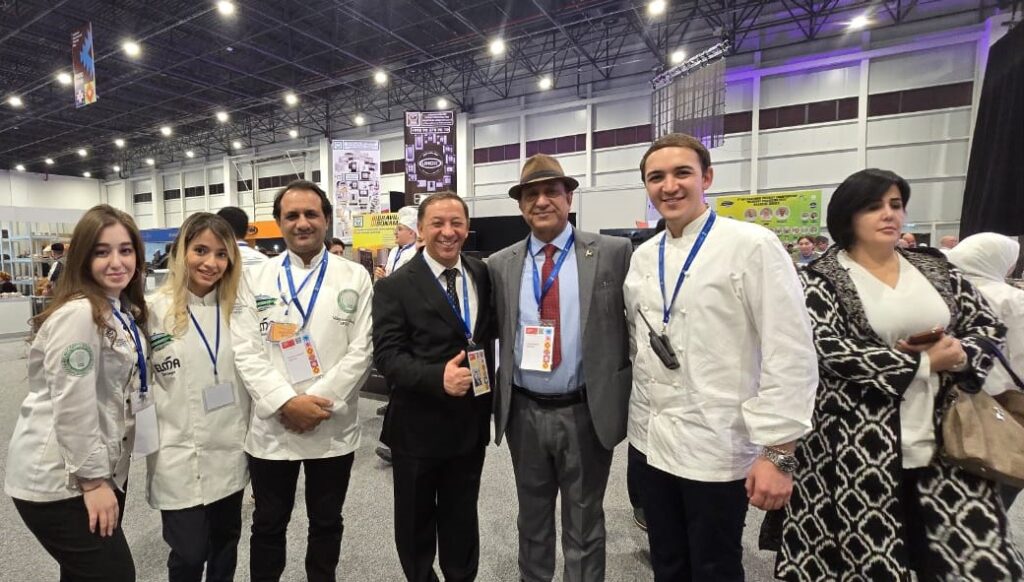By: Kashaf Sajid
Meat is important to the food industry and economies and cultures around the world. During prehistoric times, meat was consumed raw, but today it is usually eaten after it is cooked with delicate culinary techniques and skills.
Meat and meat products hold pivotal significance in meeting dietary requirements serving as a major protein source and providing essential vitamins and minerals. The fat of meat, which varies widely with the species, quality, and cut, is a valuable source of energy and also influences the flavor, juiciness, and tenderness of the lean.
The most popular type of white meat is poultry, with chicken coming out on top of the list of favorite meats. All livestock is considered red meat. This includes beef, goat, and lamb. Seafood includes fish, as well as crustaceans, like crab and lobster, etc.
From a gastronomical perspective of Pakistan, meat plays a much more dominant role in Pakistani cuisine compared to other South Asian cuisines. Of all the meats, the most popular are, chicken, lamb, beef, goat, and fish. Beef is particularly sought after as the meat of choice for kebab dishes or the classic beef shank dish nihari.
According to the Annual Report of The Food and Agriculture Organization, the total production of meat for Pakistan was 4.74 million tons in 2020. Total production of meat in Pakistan increased from 476,696 tons in 1971 to 4.74 million tons in 2020 growing at an average annual rate of 4.90%. In 2020, red and white meat consumption per capita in Pakistan amounted to about 6.42 and 6.62 kilograms per person annually respectively.
Pakistan’s poultry industry particularly broiler dominates and Pakistan is the 11th largest poultry producer in the world with 1.02 billion broilers production, annually. This sector contributed 30% of total meat production, showing growth at the rate of 8-10% reflecting the inherent potential of this sector. Additionally, this meat sector is the most organized, contributing 1.4% to the overall GDP during 2015-16 whereas, its contribution to agriculture and livestock value-added products stands at 6.9 and 11.7%, correspondingly.
According to the research of the Korean Journal (2017), livestock is considered as the central component in the agricultural sector of Pakistan and employs more than 8 million families. Globally, consumer demand is increasing for healthy, hygienic, and safe meat and meat products due to the growing population, income level, and food choices. As, food choices are mainly influenced by region, religion, and economic level. However, religion is one of the major factors to influence food choices. In this context, Food in Pakistan or halal foods is a growing trend, trade is estimated to cross USD 3 trillion and among this, the meat sector contributes about US$ 600 billion. Halal meat and allied products are a requirement from Muslims but it is also accepted by non-Muslims due to their safe and hygienic nature, nutritious value, and superior quality. Pakistan’s meat industry is vibrant and has seen rigorous developments during the last decade as the government also showed interest to boost livestock production and processing facilities to meet increasing local and global demand. The industry has the potential to grow owing to its natural animal rearing capability, Muslim majority country (96% of the total population), improvisation of the market, and consumer preference towards halal meat.
In Pakistan, the livestock population mainly comprises cows, buffaloes, goats, sheep, poultry, and camel. The quality livestock gene pool in Pakistan depending on reproduction, weight, milk, and meat are Nili-Ravi & Kundi breeds of buffalos, Red Sindhi and Thari breeds of cows, Kajli, Thali, Kooka, and Dumbi breeds of sheep, and Kamori, Bari, and Teddy breeds of goats.
Pakistan having rich traditions and cultural festivities also add more demand for meat and meat products during the whole year and this demand further rises significantly during the festive season.
However, consumers are inclined toward poultry meat mainly because it is cheap, easy to process, available, and variety of processed meat products. In Pakistan, meat production is still based on traditional management practices and is less productive. Among exports, Pakistani mainly exports red meat which is annually growing by 30%. Despite this rapid growth, 96% of our exports are restricted to the carcass with little or no value addition.
According to the Ministry of National Food Security and Research, the target for beef meat was set to 2 million tons, 0. 686 million tons for mutton, whereas, meat for fish was 0.788 million tons during the same time. Furthermore, the government is taking steps to increase livestock production, focusing not only on meat but also scaling up milk and egg production. To meet this targeted scale, the government revolutionizing veterinary organizations and infrastructure, standardization of feed given to animals as well as developing trained manpower.
© Hospitality Plus. All rights reserved. |
Developed & Design By MANS Sol

